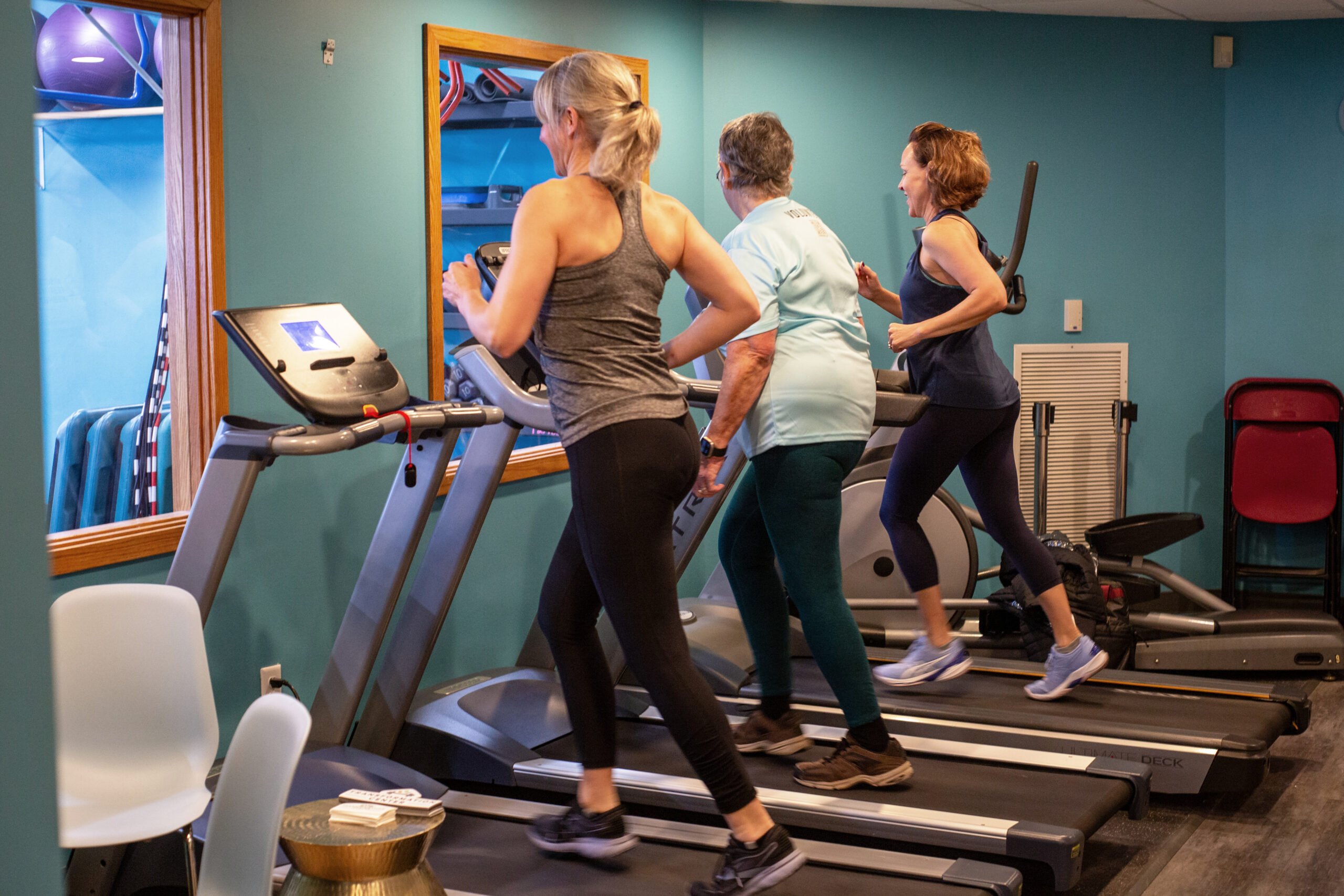
When the days get longer and the sun finally sticks around, it’s only natural to want to spend more time outdoors—on the trails, in the yard, or walking the farmers market.
We’re all for getting outside and enjoying every bit of movement that brings you joy.
But here’s the thing…
Just because you’re active doesn’t mean your training should take a backseat.
Whether you’re taking a class, lifting weights, or heading out for a hike, every movement serves a purpose—but they don’t always train the same systems.
It’s not about doing everything, it’s about finding the right balance.
Let’s talk about how to get the most out of your summer—without burning out, overtraining, or undoing the strength you’ve worked hard to build.
Why Training Still Matters—Even in Summer
It’s tempting to think that gardening, walking more, or summer chores like landscaping replace structured workouts. But here’s the science-based truth: resistance training creates specific, measurable adaptations in your body—especially in muscle strength, joint stability, and bone density—that mowing the lawn just can’t replicate.
That’s not to say movement like yard work doesn’t matter—it absolutely does! It counts toward your daily activity and helps maintain general health. But it doesn’t target strength or improve performance the same way a class or gym session does.
So if your schedule is changing or you’re spending more time outside, instead of skipping your workouts altogether, consider adjusting your intensity or focus.
How to Adjust Your Workouts Around a Busy Summer
✅ Ease Intensity, Not Consistency
If you’re feeling sore from an active weekend or you’re drained from the heat, scale your workouts back rather than skipping them. Choose lighter weights, reduce reps, or opt for bodyweight variations to keep the habit strong without overexerting.
✅ Work Around Soreness
Instead of skipping a workout because of sore quads from biking or gardening, train other areas. Focus on your upper body, core, or mobility. A sore back doesn’t mean you can’t train your glutes or arms.
✅ Short on Time? Go Full-Body
Try condensed circuits or compound movements that hit multiple muscle groups. Even 30 minutes, when done with intention, can maintain your strength and momentum.
✅ Take Advantage of Classes
Class-based training offers built-in structure, variety, and social motivation—perfect for when your energy is spent on other summer demands.
The Importance of Recovery in an Active Season
More movement = more recovery needed. Active summer lives can pile up without you realizing how much you’re doing. If you’re combining workouts with activities like hiking, sports leagues, or yard work, your recovery game needs to be solid.
Here’s what helps:
- Prioritize sleep – This is #1…it’s when your body rebuilds and repairs
- Hydrate well—especially in the heat
- Use your off days for mobility work, light walking, or stretching
Bonus: How to Safely Increase Your Cardio Endurance This Summer
Whether you’re getting into hiking, biking, jogging, or long-distance walking, progression is key. Here’s how to increase your distance and time safely and sustainably:
Follow the 10% Rule: Increase your total distance or time by no more than 10% each week to avoid overuse injuries.
Alternate Long & Short Days: Don’t push long distances every day. Mix short recovery rides/walks with longer ones.
Strengthen to Support It: Strength training improves joint stability and muscular endurance, which protects your knees, hips, and back on long treks.
Fuel & Hydrate Properly: As duration increases, so should your hydration and pre-/post-exercise nutrition. Think of food as fuel, not just reward.
It’s Not “All or Nothing” – No need for FOMO (Fear of missing out!)
You don’t have to choose between summer fun and your training goals. When you understand how to work with your body, not against it, you can enjoy the best of both worlds.
And if you need help finding your rhythm? That’s exactly what we’re here for.
Want help balancing your workouts with your summer activities?
Reach out to a coach today and we’ll help you adjust your plan—not abandon it.

Recent Comments